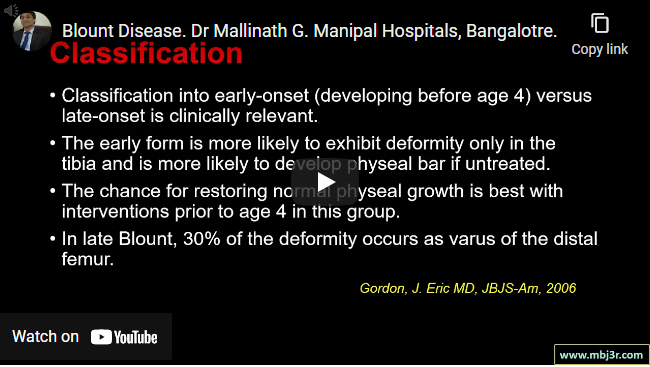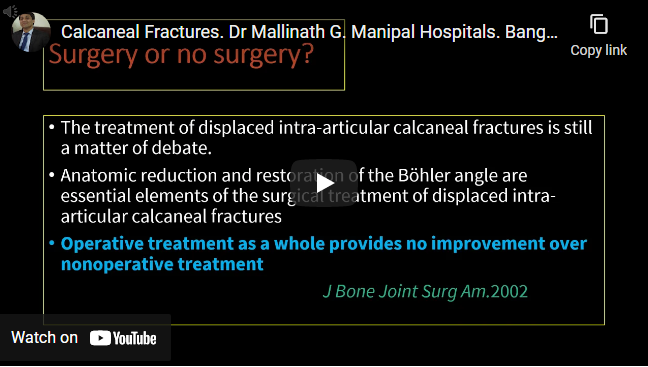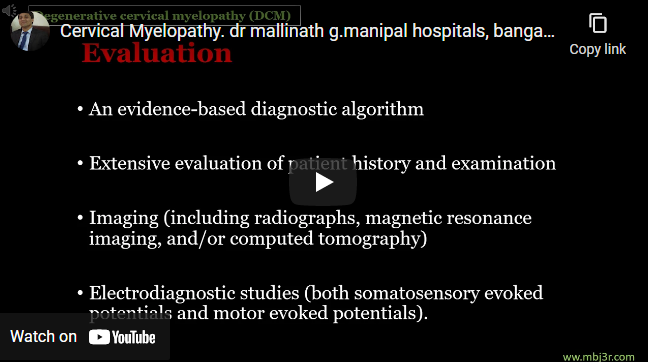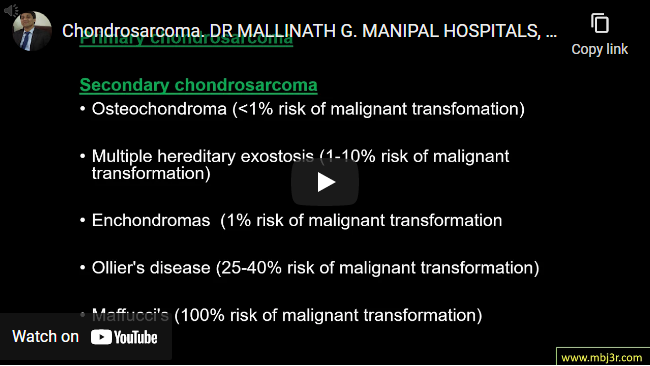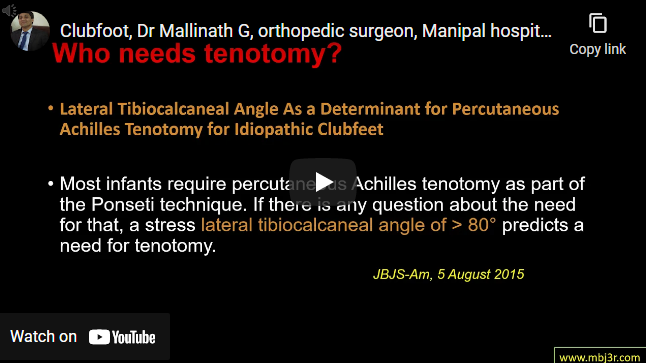Blount’s disease is progressive pathologic genu varum centered at the tibia Infantile and adolescent types Excessive medial pressure produces an osteochondrosis of the medial proximal tibial physis and epiphysis, osteochondrosis can progress to a physeal bar Based on a study children with Blount disease have increased height and width of the medial meniscus, and greater frequency of abnormal signals in the…
